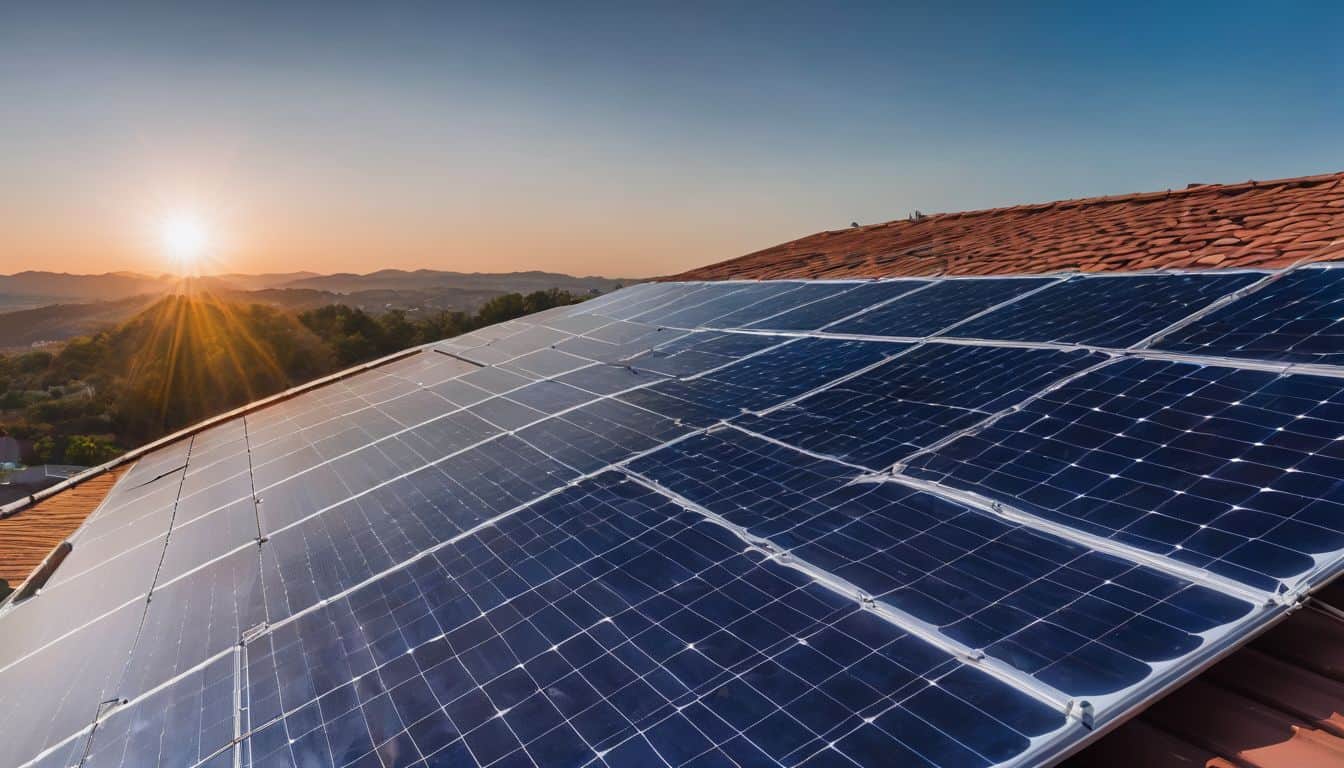Solar generators have emerged as a popular and efficient solution for portable power needs in renewable energy. However, effective power management and load balancing are crucial to maximizing their potential and ensuring optimal performance.
This article explores the intricacies of managing solar generator output and balancing loads to achieve the best results.
Understanding Load Balancing in Solar Generators
Load balancing is the process of distributing electrical power evenly across various devices or systems connected to a power source. In the context of solar generators, it involves managing the power output to ensure that all connected devices receive adequate electricity without overloading the system.
Why Load Balancing Matters
- Efficiency: Proper load balancing ensures that the solar generator operates at peak efficiency, maximizing available solar energy.
- Longevity: Load balancing helps extend the lifespan of the solar generator and connected devices by preventing overloading. Understanding how long solar generators last is crucial for effective long-term planning.
- Reliability: Balanced loads reduce the risk of power fluctuations or outages, ensuring a stable power supply.
Effective Techniques for Load Balancing
Prioritizing Essential Loads
When using a solar generator, it’s crucial to identify and prioritize essential loads. These typically include:
- Refrigeration units.
- Medical equipment.
- Basic lighting.
- Communication devices.
By prioritizing these loads, you ensure that critical systems receive power even when energy is limited.
Implementing Smart Power Distribution
Modern solar generators often come equipped with smart power management systems. These systems can:zzz
- Automatically distribute power based on predefined priorities.
- Monitor power consumption in real time.
- Adjust output to match available solar energy.

Utilizing Energy Storage Effectively
Many solar generators include battery storage. To balance loads effectively:
- Use stored energy during peak demand periods.
- Charge batteries during low-demand times or when solar input is highest.
- Consider adding additional battery capacity for increased flexibility.
Understanding battery capacity is essential for optimizing your solar generator’s performance and ensuring you have sufficient power when needed.
Staggering High-Power Devices
To prevent overloading, avoid running multiple high-power devices simultaneously. Instead:
- Stagger the use of energy-intensive appliances.
- Schedule high-power tasks during peak solar production hours.
- Use timers or smart plugs to automate device operation.
Employing Dynamic Load Balancing
Dynamic load balancing involves real-time adjustments to power distribution based on current conditions. This can be achieved through:
- Advanced monitoring systems.
- Automated load-shedding capabilities.
- Integration with smart home or IoT devices.
Best Practices for Solar Generator Power Management
- Regular Maintenance: Keep solar panels clean and ensure all components are in good working order. Learning to maintain solar generators for longevity is crucial for optimal performance and lifespan.
- Understand Your System’s Capacity: Know the limits of your solar generator to avoid overloading.
- Monitor Weather Patterns: Plan power usage around expected solar input based on weather forecasts.
- Educate Users: Ensure all users understand how to manage power consumption effectively.
- Upgrade Wisely: Consider adding more solar panels or battery capacity if needed, but always maintain system balance.
The Future of Solar Generator Load Balancing
As technology advances, we can expect to see more sophisticated load-balancing techniques in solar generators:
- AI-driven power management systems.
- Integration with smart grids for improved efficiency.
- Advanced energy storage solutions for enhanced flexibility.
Conclusion
Effective load balancing is critical to maximizing the potential of solar generators. Users can ensure reliable, efficient, and sustainable power management by understanding and implementing these techniques. As solar technology continues to evolve, so will our ability to harness and distribute this clean energy source effectively.
The goal of load balancing is not just to distribute power evenly but to do so in a way that meets your specific needs while optimizing the performance of your solar generator system. With careful planning and smart management, solar generators can provide a reliable, eco-friendly power solution for various applications.

Leave a Reply